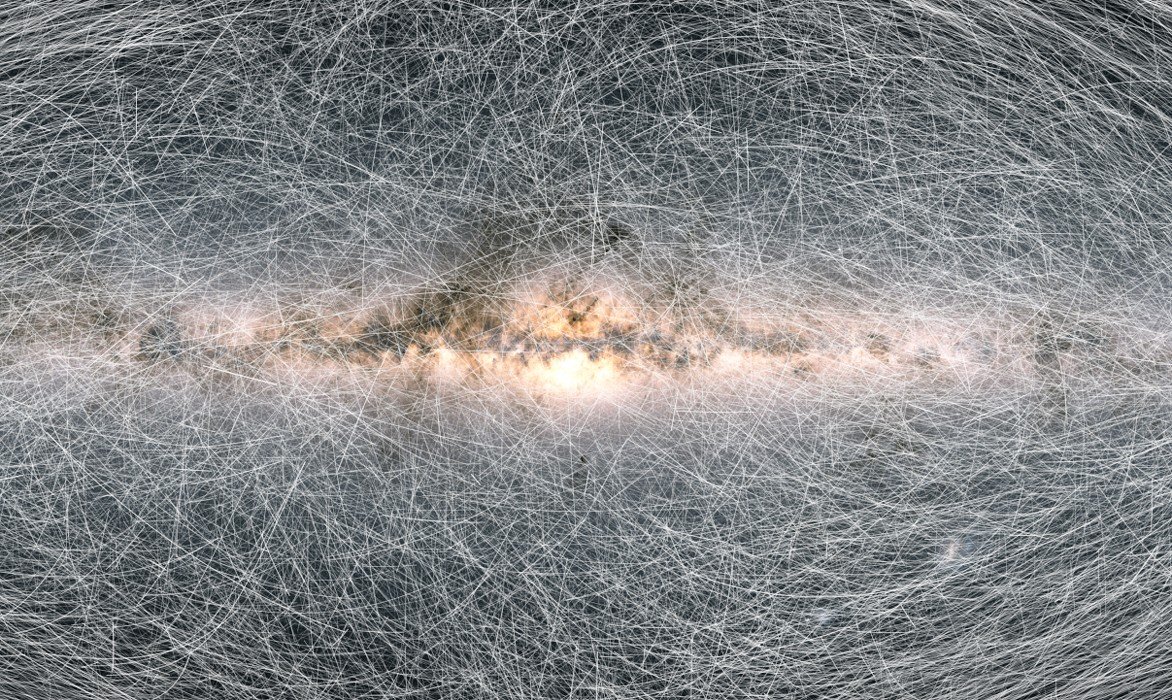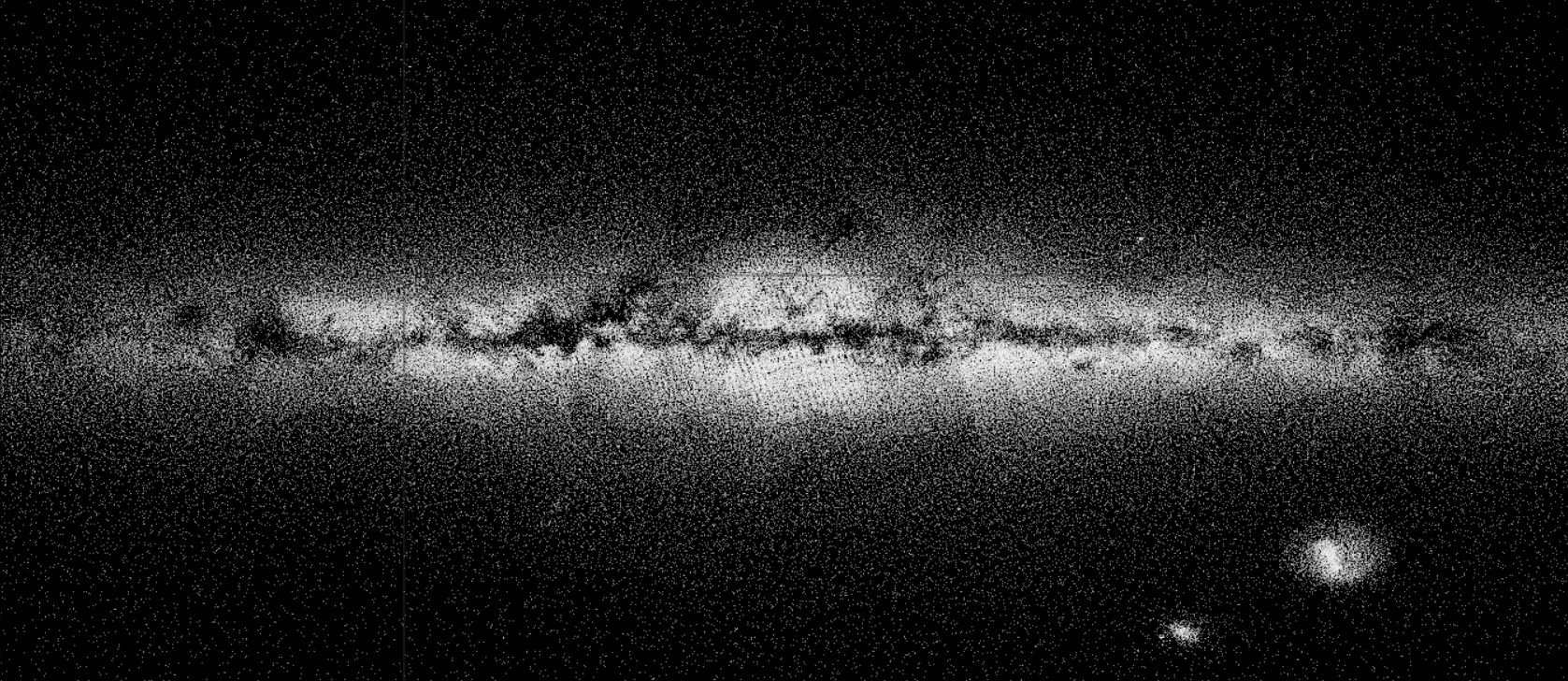© 2000-2023 - Enkey Magazine - All rights reserved
ENKEY SNC - VAT ID IT03202450924 / REA Code CA253701 - Phone. 078162719
There is still so much to discover out there. Only the Milky Way counts about 200 billion of stars, but we don’t even know the 2% of them. A new very interesting look at our Galaxy, arrives from the datas collected by the satellite Gaia, about 1,8 billion of stars (100 millions more compared with the previous measurements). Here you have the new and more detailed 3D map of the sky.
Gaia, the satellite that shows the Milky Way
Gaia (Global Astrometric Interferometer for Astrphysics) is the astrometric satellite which duty is the one to give a place to all the stars with an accuracy never seen before.
The satellite is owned by the ESA (European Space Agency) and to the mission it takes part even the ASI (Italian Space Agency) and the INAF (National Institute of Astrophysic).

Thanks to the work of Gaia it is possible to realize 3D maps of the Milky Way more detailed and more accurate than ever.
The Gaia’s maps were the first ones in 3D, with, in the forefront, the Milky Way, but by having a look even to the other galaxies. In the maps, for example, there are the Big and Small Magellano’s Clouds.
Gaia is working since the 19th december of the 2013 and, at the beginning they though to measure about a billion of stars (today we already arrived to two billions). The satellite is able to measure the movement of the observed stars, to calculate the distance and to make photometric measurements of them.
All of it with the intention to create a very detailed map of the Milky Way (at least of the closer portion of it).
The new map of the sky
Gaia is still looking the sky, and it was right few days ago that the news of a new and more detailed map of the sky arrived. It was realized by data package number three, GAIA EDR3 (Gaia Early Data Release 3).
There are about 100 million new stars, in advanced of the ones of GAIA EDR2, for a total of 1.811.709.771 stars. The new catalogue was presented the last 4th of december.
The datas about the new map of the sky are stored in Italy
There are six european center were the datas collected by Gaia about the new and detailed map of the sky are hidden. But the italian one in Turin is the only one to have all the datas (1,5 million of gigabyte).

“The purpose of the mission Gaia to realize the most accurate three dimensional map of our galaxy is fully supported by Italy, that activelly partecipate to the Data Processing and Analysis Consortium toward the Altec (Aerospace Logistic Technology Engineering Company)”, explains Barbara Negri, manager Human flight and Scientifical Instrumentation of the ASI.
Therefore, in the new collected dateas there are even the movements of the most external stars of the Milky Way, the rotations of the stars of the Big and Small Magellano’s Cloud. As well as 1,6 million of quasar (remote galaxies which light comes from the activity of the black holes in the middle of them).
The anticenter of the Milky Way
Gaia looked at the external edges of the Milky Way, being able to observe the remains of 10 billion of years ago of the galaxy, by determining, even, its extention.

By looking toward the anticenter (which means toward the external of the galaxy) and not toward the middle (which is even more filled with stars), the astronomers were able to write a piece of the story of the Milky Way. The study of the anticenter of the Milky Way brought to something that wasn’t predicted.
They saw a group of stars (in the most external regions of the galaxy) that is slowly moving toward the bottom, while another group of stars is quickly moving toward the top. According to a first hypothesis it might be because of an ancient collision between the Milky Way and the Sagittarius Galaxy.
For the first time, then, it was analyzed the movement of the stars of the Big and the Small Magellano’s Cloud.
The solar system
Lastly, a study allows to calculate the acceleration of the Solar System compared with the Universe. This study brought to light a small acceleration enough to divert the trajectory of the Solar System of 115 kilometers each year.
In the catalogue EDR3 of Gaia, therefore, there is a very detailed and almost perfect map up to 100 parsec (326 light years) from the Solar System. This map, infact, contains 331.312 objecs, which is estimated it is the 92% of the total.
This post is also available in:
 Italiano
Italiano

